Right to Buy: a complicated legacy
Think tank says property scheme has increased inequality and reduced social housing
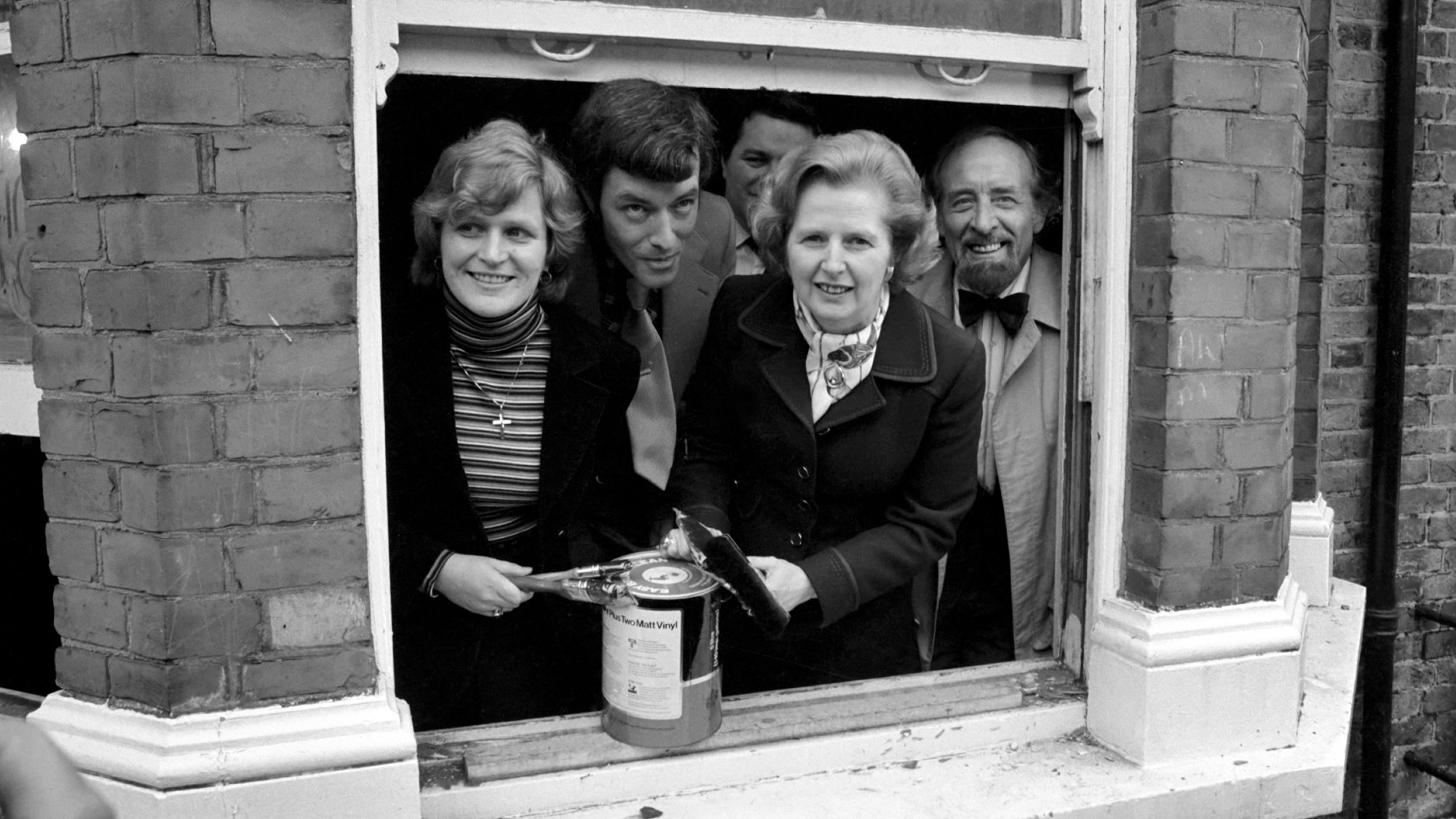
The Right to Buy scheme has cost UK taxpayers almost £200 billion, caused massive shortages in social housing and increased inequality, said the Common Wealth think tank.
The property project, introduced by Margaret Thatcher, will be 45 years old in October, said Melissa York in The Times, and its "effects still reverberate through the housing market".
'Stark divide'
Right to Buy allowed council-house tenants to buy the homes they lived in and forced local authorities to sell the properties on request at a discount. It transformed the way Britain "viewed housing", from "a right under the social contract between citizen and state to a commodity to be coveted and traded".
The Week
Escape your echo chamber. Get the facts behind the news, plus analysis from multiple perspectives.

Sign up for The Week's Free Newsletters
From our morning news briefing to a weekly Good News Newsletter, get the best of The Week delivered directly to your inbox.
From our morning news briefing to a weekly Good News Newsletter, get the best of The Week delivered directly to your inbox.
The scheme allowed many baby boomers a "foothold" on the property ladder because they were able to own their own properties, and in addition "free to make home improvements" that could increase the value of that home.
Now, the over-60s control more than half of the UK's housing wealth and the over-75s control almost a quarter, and there's a "stark wealth divide" between the children of people who were able to "jump on to the property ladder" in the 1980s and the "less-fortunate offspring" of those who "missed the boat".
Between 1980 and 2021, 1.8 million households in England purchased a home from their local authority using Right to Buy. The plan "achieved its goal of getting more people on the housing ladder in its former years" said Rachel Mortimer in The Telegraph, but its "popularity has waned since".
Substantial decline
The programme has "dramatically depleted" Britain's affordable housing stock, said Richard Partington in The Guardian, because the homes sold through Right to Buy were not replaced. And after "rising for decades", home ownership rates have dropped since 2004, and "collapsed" among young adults.
A free daily email with the biggest news stories of the day – and the best features from TheWeek.com
Right to Buy was not a bad idea overall, but the "underlying ideology" has "led to the problems we're in now", said Paul McNamee in the Big Issue. It's resulted in a "lack of suitable housing stock" with councils increasingly spending their "dwindling income" on helping people who are homeless, or at risk of becoming homeless.
Thatcher used the policy to "deplete" the country's social housing because she did not "replace the houses sold at a discount", said The Canary. There's been a "substantial decline" in the number of social houses since 1980 and the Labour Party is "doing little to fix the issue".
Chas Newkey-Burden has been part of The Week Digital team for more than a decade and a journalist for 25 years, starting out on the irreverent football weekly 90 Minutes, before moving to lifestyle magazines Loaded and Attitude. He was a columnist for The Big Issue and landed a world exclusive with David Beckham that became the weekly magazine’s bestselling issue. He now writes regularly for The Guardian, The Telegraph, The Independent, Metro, FourFourTwo and the i new site. He is also the author of a number of non-fiction books.
-
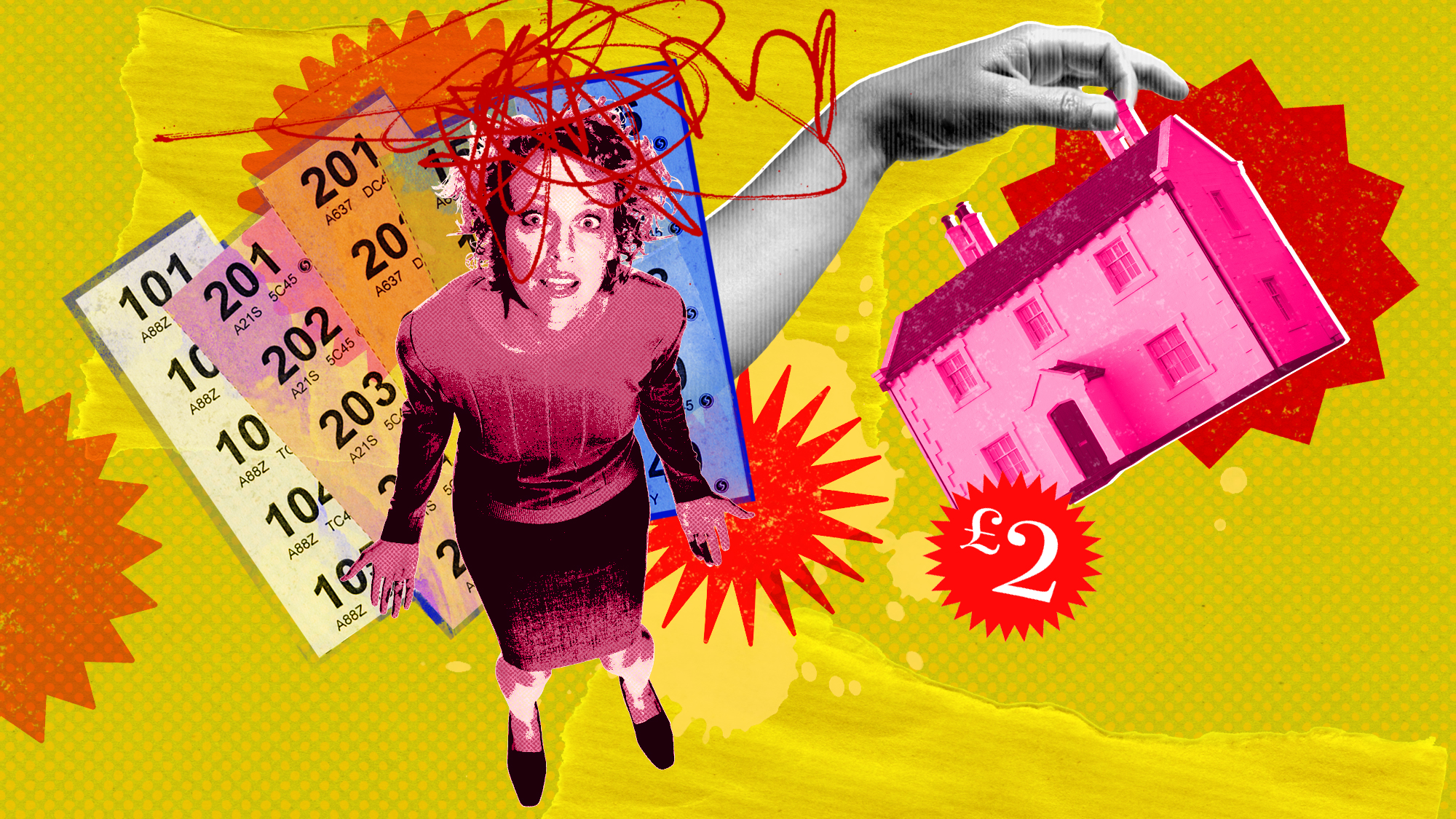 The people who raffle their homes
The people who raffle their homesUnder The Radar Offer the chance to win your house for £2 a ticket? It's simple and can make thousands but it's not stress-free
-
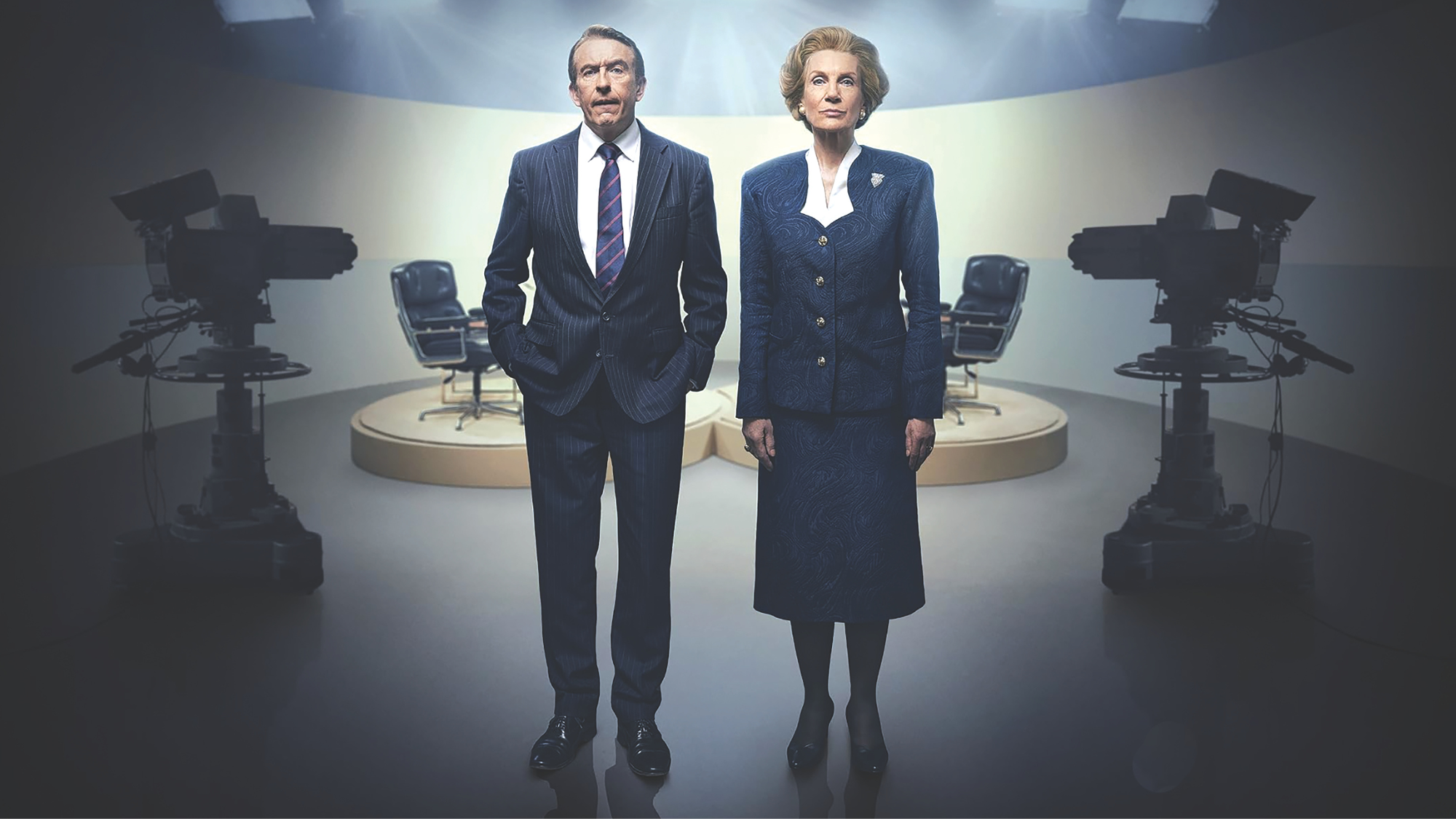 Brian and Maggie: Harriet Walter 'captures the essence' of Margaret Thatcher
Brian and Maggie: Harriet Walter 'captures the essence' of Margaret ThatcherThe Week Recommends James Graham's two-part Channel 4 drama is an 'absorbing study of politics, class and conflicted loyalties'
-
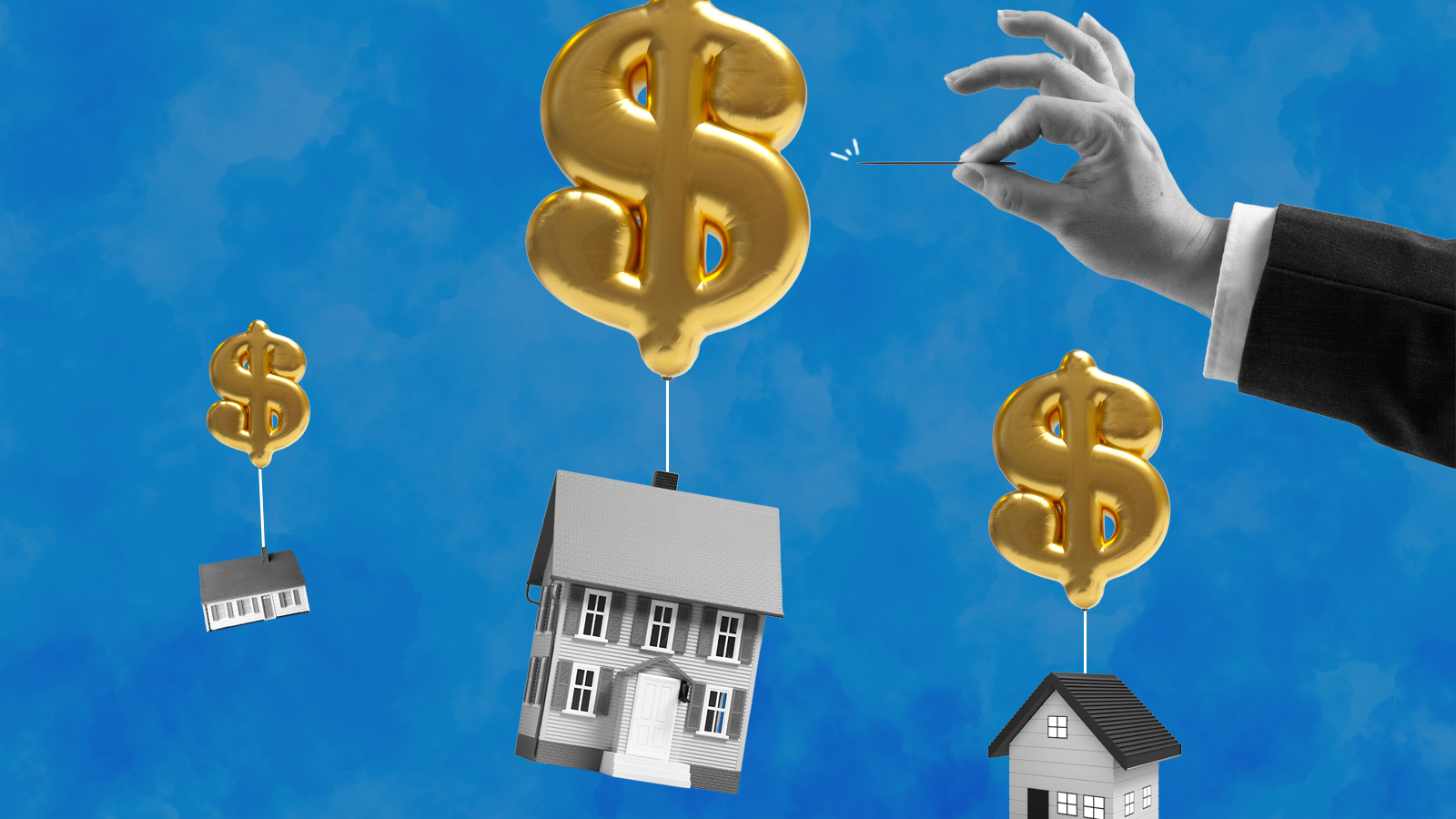 The answer to rising home prices: smaller homes
The answer to rising home prices: smaller homesSpeed Read Builders are opting for fewer rooms and more attached styles as frustrated homebuyers look for affordable options
-
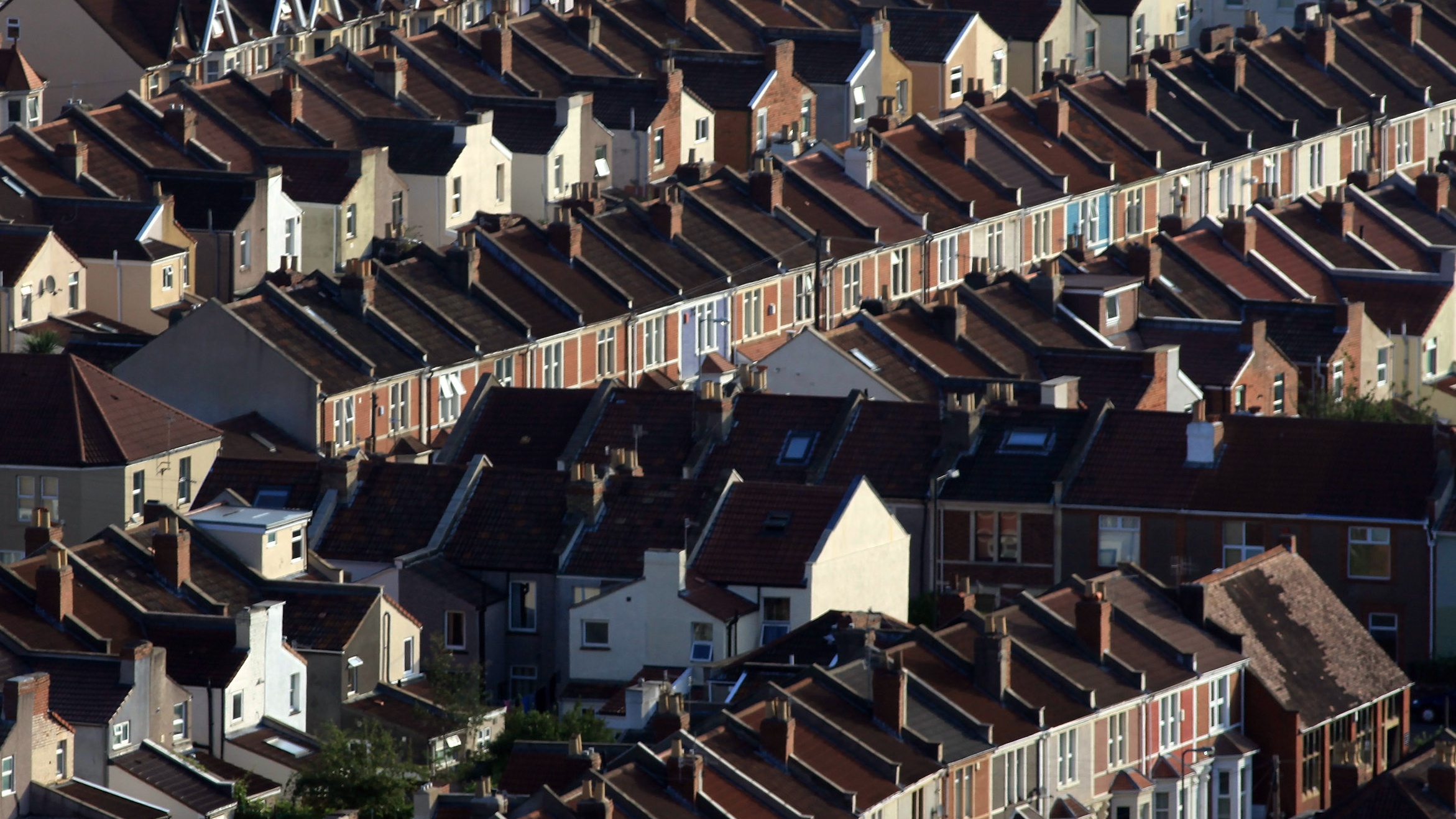 Pros and cons of shared ownership
Pros and cons of shared ownershipPros and Cons Government-backed scheme can help first-time buyers on to the property ladder but has risks
-
 Affordability test scrapped: what ‘huge’ mortgage rule change means for buying a house
Affordability test scrapped: what ‘huge’ mortgage rule change means for buying a houseTalking Point Bank of England cuts red tape on mortgage approval process despite soaring inflation
-
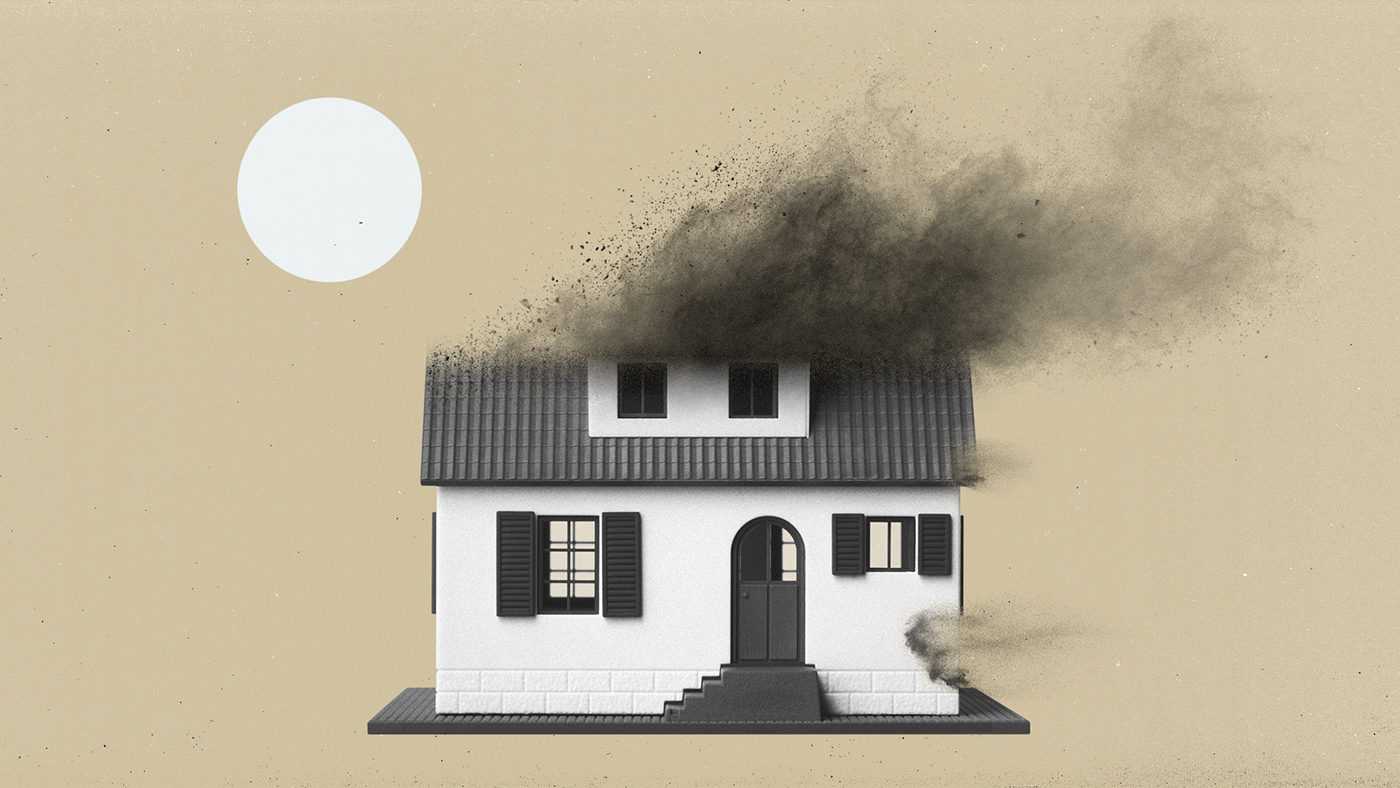 Are UK house prices about to crash?
Are UK house prices about to crash?In Depth Higher property taxes and a new mansion tax announced in the Autumn Budget could weigh on house price growth
-
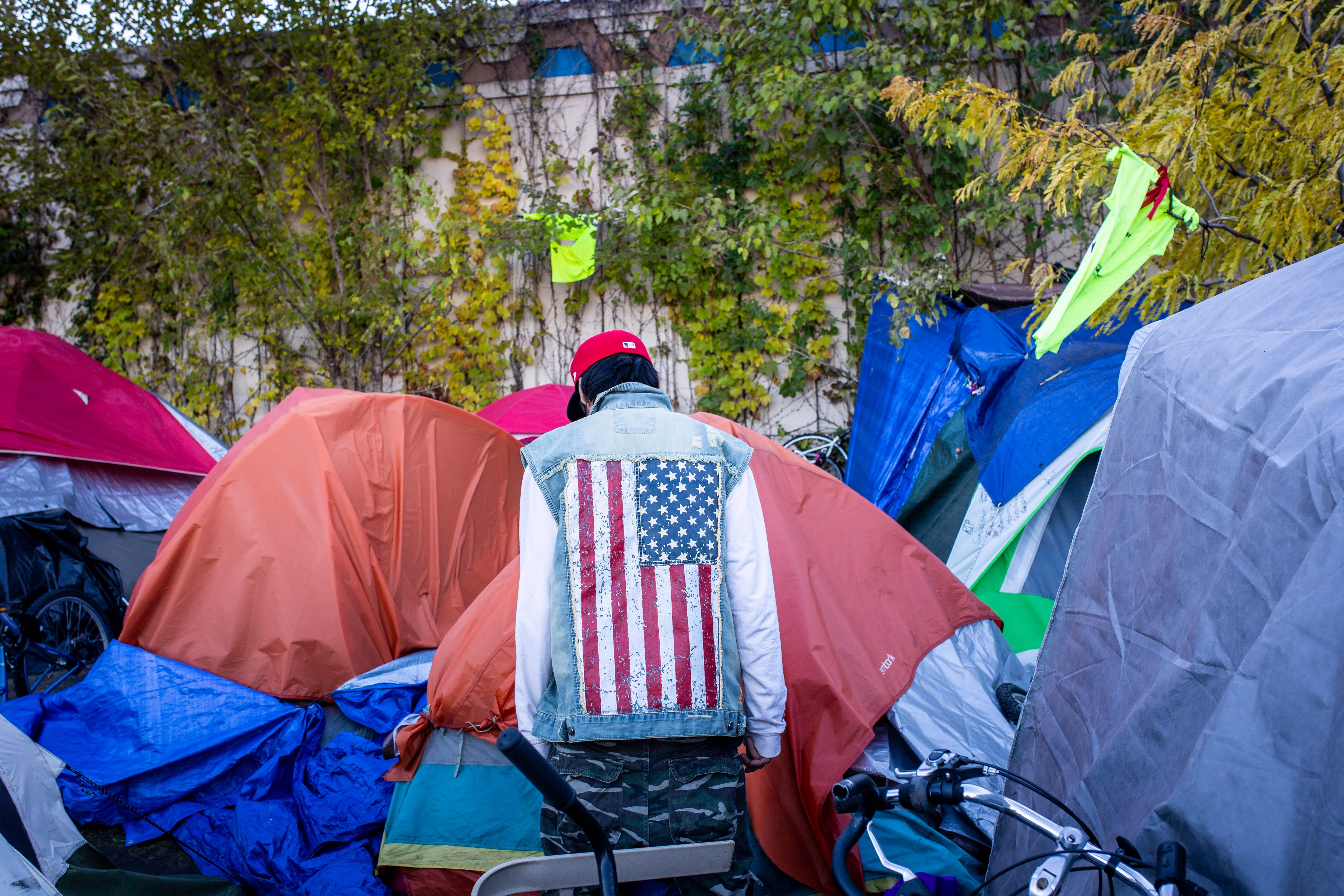 Understanding America's homelessness crisis
Understanding America's homelessness crisisSpeed Read Major cities are cracking down on homeless encampments. But why are so many people 'living rough'?
-
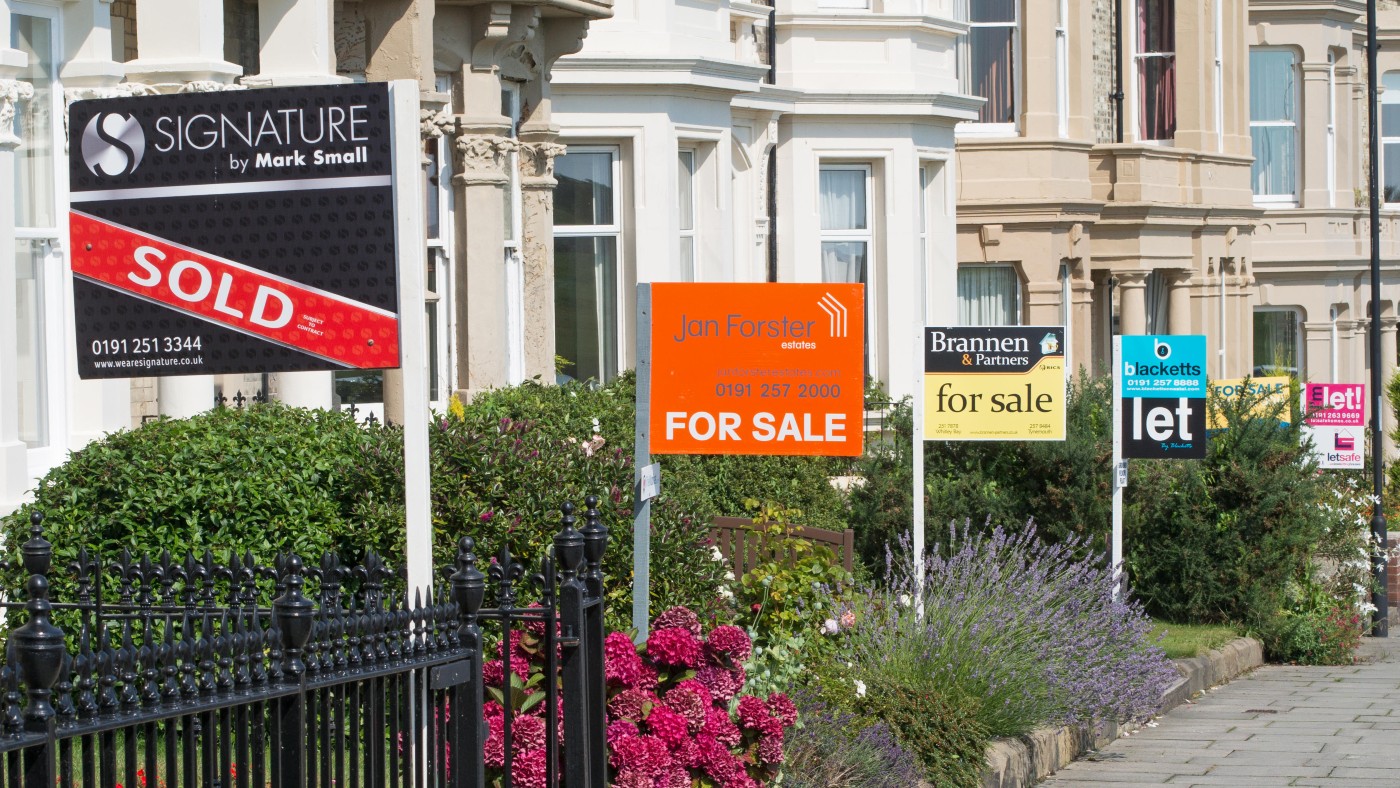 ‘Weakest since 2012’: UK house price average falls to £257,406
‘Weakest since 2012’: UK house price average falls to £257,406In Depth Prices down 1.1% year-on-year in February – the first annual decline since June 2020

